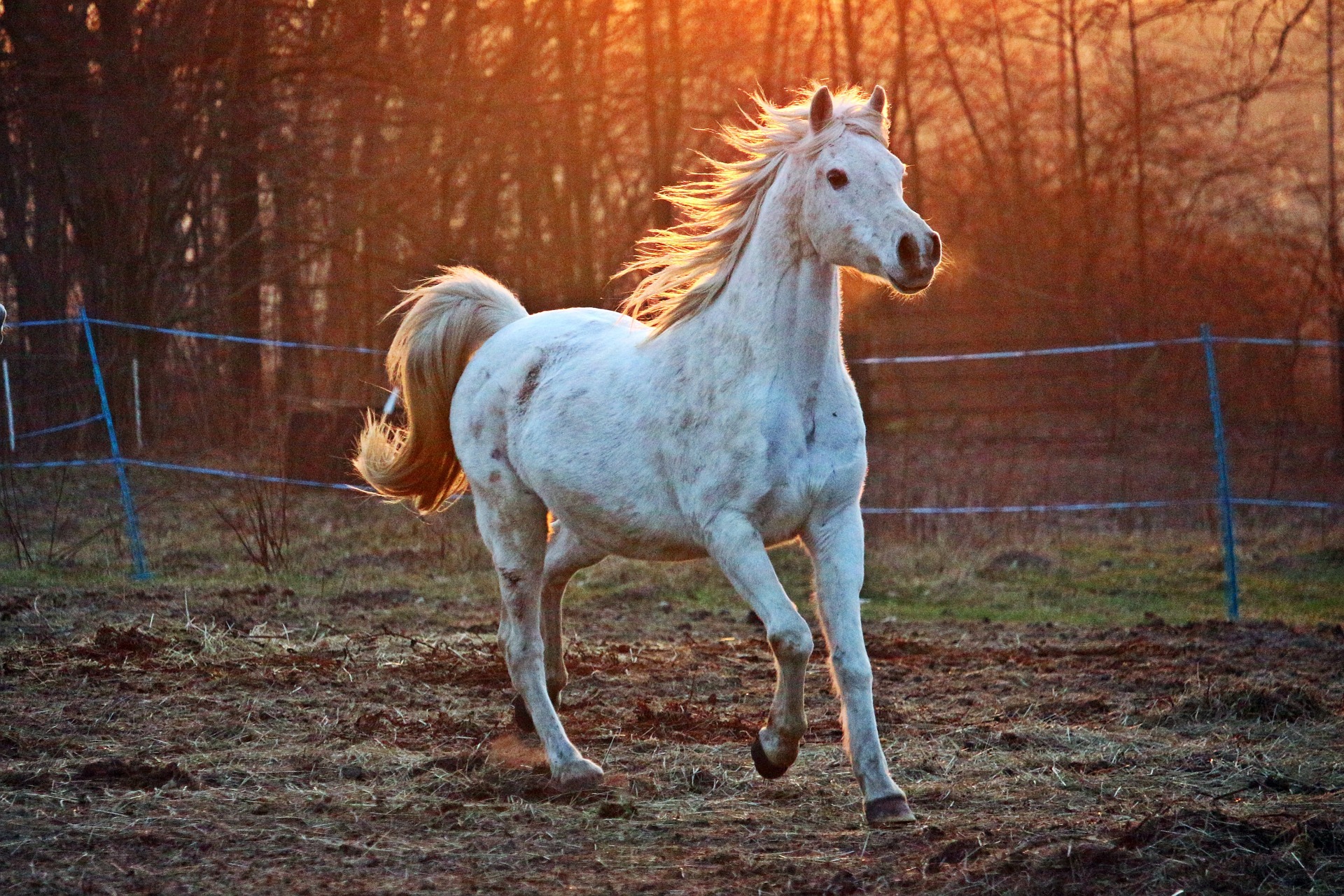Signs Your Horse Might Have EGGD
The typical clinical signs of equine squamous gastric disease (ESGD —just remember, S for the squamous upper, G for glandular lower) are well-recognized.
Author:Xander OddityReviewer:Dr. Felix ChaosphereNov 10, 202330.1K Shares401.6K Views

The typical clinical signs of equine squamous gastric disease(ESGD—just remember, S for the squamous upper, G for glandular lower) are well-recognized.
They include poor performance, attitude changes, weight loss, poor appetite, poor hair coat, and low-grade colic (abdominal pain/discomfort), among others.
While indicators of EGGDare similar, “We don’t really know the difference in clinical signs between ESGDand EGGD,” says Michael Hewetson, BVSc, Ph.D., Dipl. ECEIM, and senior lecturer in equine internal medicine at the Royal Veterinary College, in Hertfordshire, U.K. He says this is compounded by the fact that signs are often perceived subjectively by the owner. And to date, there have been no attempts to differentiate between EGGD and ESGD when it comes to reporting clinical signs.
So, last year Hewetson and colleagues conducted a study to determine the association between EGGD and owners’ perceived clinical signs. They based their findings on a questionnaire sent to equestrians ranging from everyday owners to professional trainers, along with results from 70 horses seen at a referral hospital in Finland for gastroscopy. This procedure involves passing an endoscope through the horse’s nostril, down the esophagus, and into the stomach to see inside it. Hewetson says they narrowed their list of clinical signs to five consistent complaints.
- Temperament changes, primarily nervousness and aggression, which Hewetson says might be a manifestation of stress. Researchers have recently found a link between EGGD and horses’ stress levels (more on this in the next section).
- Acute or chronic colicdue to painful gastric acid. He says this resolves quickly—often within 24 hours—after treatment with omeprazole.
- Reduced appetite, altered eating patterns, or unexplained weight loss,which Hewetson hypothesizes are due to gastric pain when eating. Horses might appear fussy at feeding time or slow to finish their meals. They might also lose condition.
- Poor performance and rideability changes, such as a reluctance to go forward, reduced willingness to work, and reduced stride length—all also likely related to gastric pain, says Hewetson.
- Skin sensitivity, which he says is “perhaps the most intriguing clinical sign recognized almost exclusively in horses with EGGD.” Owners report that their horses resent girthing, grooming, leg aids, and blanketing. “The most likely explanation is that of referred pain (perceived at a location other than the site of the painful stimulus),” he says.
Hewetson cautions, however, that researchers don’t yet understand the cause-and-effect relationship of these signs and EGGD.
“„Until we understand more, treatment of horses with suspected EGGD should be based on gastroscopy findings and not clinical signs alone.- Michael Hewetson, BVSc, Ph.D., Dipl. ECEIM, and senior lecturer in equine internal medicine at the Royal Veterinary College, in Hertfordshire, U.K
Final Words
Hewetson continues to collect data on more horses to try to illuminate the association between perceived clinical signs of EGGD and the presence or absence of a specific type of lesion on gastroscopy.
Jump to

Xander Oddity
Author
Xander Oddity, an eccentric and intrepid news reporter, is a master of unearthing the strange and bizarre. With an insatiable curiosity for the unconventional, Xander ventures into the depths of the unknown, fearlessly pursuing stories that defy conventional explanation. Armed with a vast reservoir of knowledge and experience in the realm of conspiracies, Xander is a seasoned investigator of the extraordinary.
Throughout his illustrious career, Xander has built a reputation for delving into the shadows of secrecy and unraveling the enigmatic. With an unyielding determination and an unwavering belief in the power of the bizarre, Xander strives to shed light on the unexplained and challenge the boundaries of conventional wisdom. In his pursuit of the truth, Xander continues to inspire others to question the world around them and embrace the unexpected.

Dr. Felix Chaosphere
Reviewer
Dr. Felix Chaosphere, a renowned and eccentric psychiatrist, is a master of unraveling the complexities of the human mind. With his wild and untamed hair, he embodies the essence of a brilliant but unconventional thinker. As a sexologist, he fearlessly delves into the depths of human desire and intimacy, unearthing hidden truths and challenging societal norms.
Beyond his professional expertise, Dr. Chaosphere is also a celebrated author, renowned for his provocative and thought-provoking literary works. His written words mirror the enigmatic nature of his persona, inviting readers to explore the labyrinthine corridors of the human psyche.
With his indomitable spirit and insatiable curiosity, Dr. Chaosphere continues to push boundaries, challenging society's preconceived notions and inspiring others to embrace their own inner tumult.
Latest Articles
Popular Articles